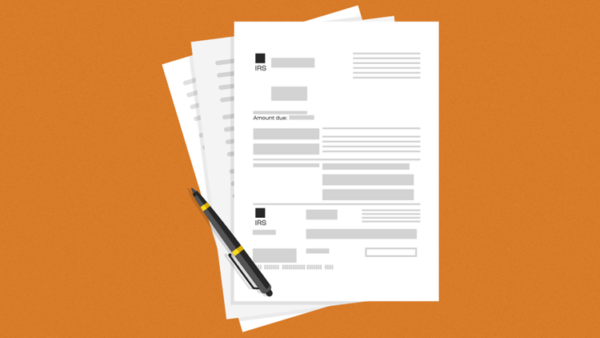Victims receive extended deadlines, deferred taxes, and more
When disaster strikes, the government’s disaster-declaration process can help victims recover from financial losses. Governors in affected states submit a major disaster area request to the president through the Federal Emergency Management Agency (FEMA); if granted, one benefit victims receive is tax relief.
Generally, this relief allows taxpayers to claim disaster-related losses on their prior-year return and provides additional time to meet filing or payment deadlines. In 2022, several states have been granted the disaster area designation. Below is an overview of federally declared disasters, their affected areas, and tax relief granted.
What recent natural disasters have been federally recognized in 2022?
Recent disasters in 2022 include Hurricane Ian, Hurricane Fiona, and severe storms in Alaska. States affected by these storms have received major disaster declarations, granting tax relief to individuals and businesses residing within affected locations.
Residents and businesses in North Carolina, South Carolina, and Florida qualify for tax relief due to Hurricane Ian, including a penalty waiver for anyone who “sells or uses dyed diesel fuel for highway use” in the state of Florida between September 28, 2022, and October 19, 2022. For more information, see our blog posts on tax relief for North Carolina, South Carolina, and Florida.
In Puerto Rico, victims of Hurricane Fiona in all municipalities qualify for tax deadline extensions. According to the IRS, residents and businesses in Puerto Rico “have until February 15, 2023, to file various federal individual and business tax returns and make tax payments.”
In Alaska, residents and businesses affected by the severe storms that cause landslides and flooding qualify for relief, too. Deadlines for paying taxes and filing individual and business returns that fall after September 15, 2022 have been extended to February 15, 2023. This relief applies to the Regional Education Attendance Areas of Bering Strait, Kashunamiut, Lower Kuskokwim, and Lower Yukon.
Other disasters include severe storms, wildfires, and flooding. For more information, see the list of affected states below.
Which states and territories contain federally declared disaster areas?
Certain counties, municipalities, and islands of the following states and territories have been granted disaster area status in 2022:
- Alaska
- Arizona
- Colorado
- Florida
- Kentucky
- Mississippi
- Missouri
- Montana
- New Mexico
- North Carolina
- Oklahoma
- Puerto Rico
- South Carolina
- S. Virgin Islands
- Tennessee
- Washington
Did farmers receive disaster relief in 2022?
Farmers in 44 states and other regions who were affected by droughts in 2022 qualify for special disaster relief. According to the IRS, “farmers and ranchers in applicable regions forced to sell livestock because of drought conditions … have more time to replace their livestock and defer tax on any gains from the forced sales.” For more information, see Notice 2022-43.
Where can I learn more about disaster relief in 2022?
The IRS regularly updates the Tax Relief in Disaster Situations page on IRS.gov. You can also visit the Around the Nation page, which lists tax relief by state.
Sources: Disaster Assistance and Emergency Relief for Individuals and Businesses; IR-2022-177; IR-2022-161; IR-2022-166; Tax Relief in Disaster Situations; Notice 2022-43; Around the Nation

